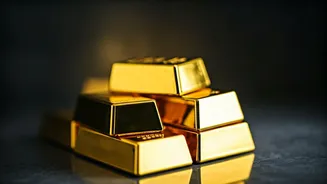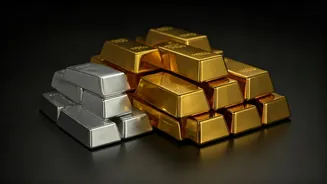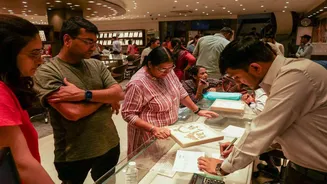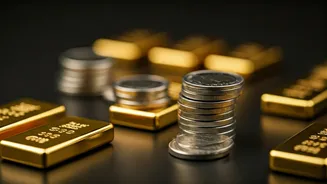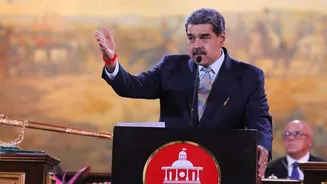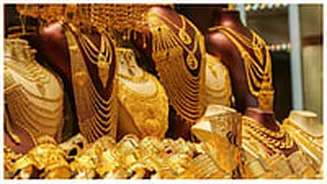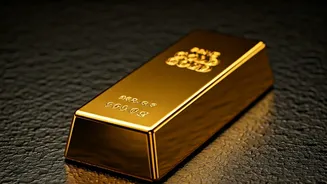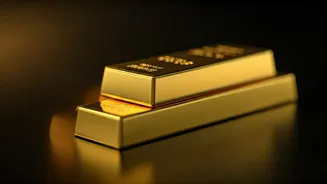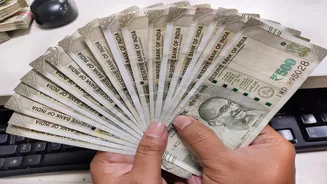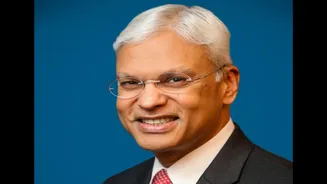Record Highs Explored
Gold and silver prices have recently hit record highs, a phenomenon driven by a complex interplay of market forces. On the MCX, gold rates reached Rs 1,30,005,
and silver hit Rs 1,67,999. This upward trend is primarily fueled by a surge in safe-haven demand, as investors seek stability amidst global economic and political uncertainties. Concerns surrounding US credit and tensions involving China have further intensified this demand, pushing prices even higher. These factors have created a perfect storm, leading to an unprecedented rise in the value of precious metals. The market’s reaction highlights the enduring appeal of gold and silver as reliable stores of value during times of volatility. The situation is further complicated by fluctuating currency values and shifting investor sentiment. Analysts are closely monitoring these developments, aiming to assess the long-term sustainability of the current price levels. This combination of global instability and traditional investment practices has set the stage for these record-breaking prices, influencing both seasoned investors and those new to the market.
Market Drivers Analyzed
Several factors are contributing to the recent surge in gold and silver prices. A primary driver is the increase in safe-haven demand, particularly due to uncertainties in the global economy. Investors often turn to precious metals when they perceive higher risks in the stock market or other investments. The weakening of the US dollar has also played a role. As the dollar’s value decreases, the relative cost of gold and silver drops for holders of other currencies, making them more attractive. Furthermore, geopolitical tensions and concerns about US credit have created an environment of increased risk aversion, leading investors to seek the security of gold and silver. These metals are often seen as a hedge against inflation and economic instability, increasing their appeal in the current market climate. Additionally, rising inflation rates and the anticipation of future rate hikes have spurred interest in gold as a safeguard against the eroding value of currencies. These influences, combined, have set the stage for the dramatic rise in prices. Expert opinions and market forecasts suggest that these trends are likely to continue, although the extent of future price increases remains uncertain. The interplay of these diverse elements underscores the volatile and complex nature of the precious metals market.
Dhanteras 2025 Outlook
The upcoming Dhanteras festival is expected to significantly influence the demand for gold and silver. Dhanteras, a Hindu festival celebrated before Diwali, is traditionally considered an auspicious time to purchase precious metals. The expectation of increased demand during this period often leads to a rise in prices. However, the existing high prices could also deter some buyers, especially those with tighter budgets. Retailers are gearing up for the festival with various offers and new collections to attract customers. Consumers often view the purchase of gold and silver during Dhanteras as an investment and a symbol of prosperity and good fortune. This cultural significance is a key factor in driving market activity during this time. The market's anticipation of increased consumer activity creates a complex dynamic, balancing increased demand with price sensitivities. Market analysts are closely watching consumer behavior and the strategies of jewelers to gauge the overall impact on prices and sales. The confluence of traditional beliefs and current economic realities will shape the market dynamics during Dhanteras 2025. The interplay between consumer sentiment, retail initiatives, and overall market trends will be crucial in determining the final impact of the Dhanteras season.
JPMorgan's Shift
Jamie Dimon, the CEO of JPMorgan, a long-standing skeptic of gold, has recently shown a shift in his perspective. He now sees 'semi-rational' reasons for buying gold. This change in sentiment from a prominent figure in the financial world signals a notable shift in the investment landscape. Dimon's re-evaluation of gold suggests a broader acceptance of precious metals as a viable investment strategy, even among those who have traditionally viewed them with skepticism. His statement reflects a cautious but growing recognition of gold's value in a volatile economic environment. This shift by a key industry leader is likely to influence other investors and could further boost demand for gold. Dimon's view reflects the growing perception of gold as a useful tool for portfolio diversification and a hedge against economic uncertainties. This development is significant because JPMorgan holds considerable influence in the financial world. The implications of this change are far-reaching, potentially influencing investor behavior and market trends. His reassessment of gold's role adds another layer of complexity to the already intricate precious metals market.
